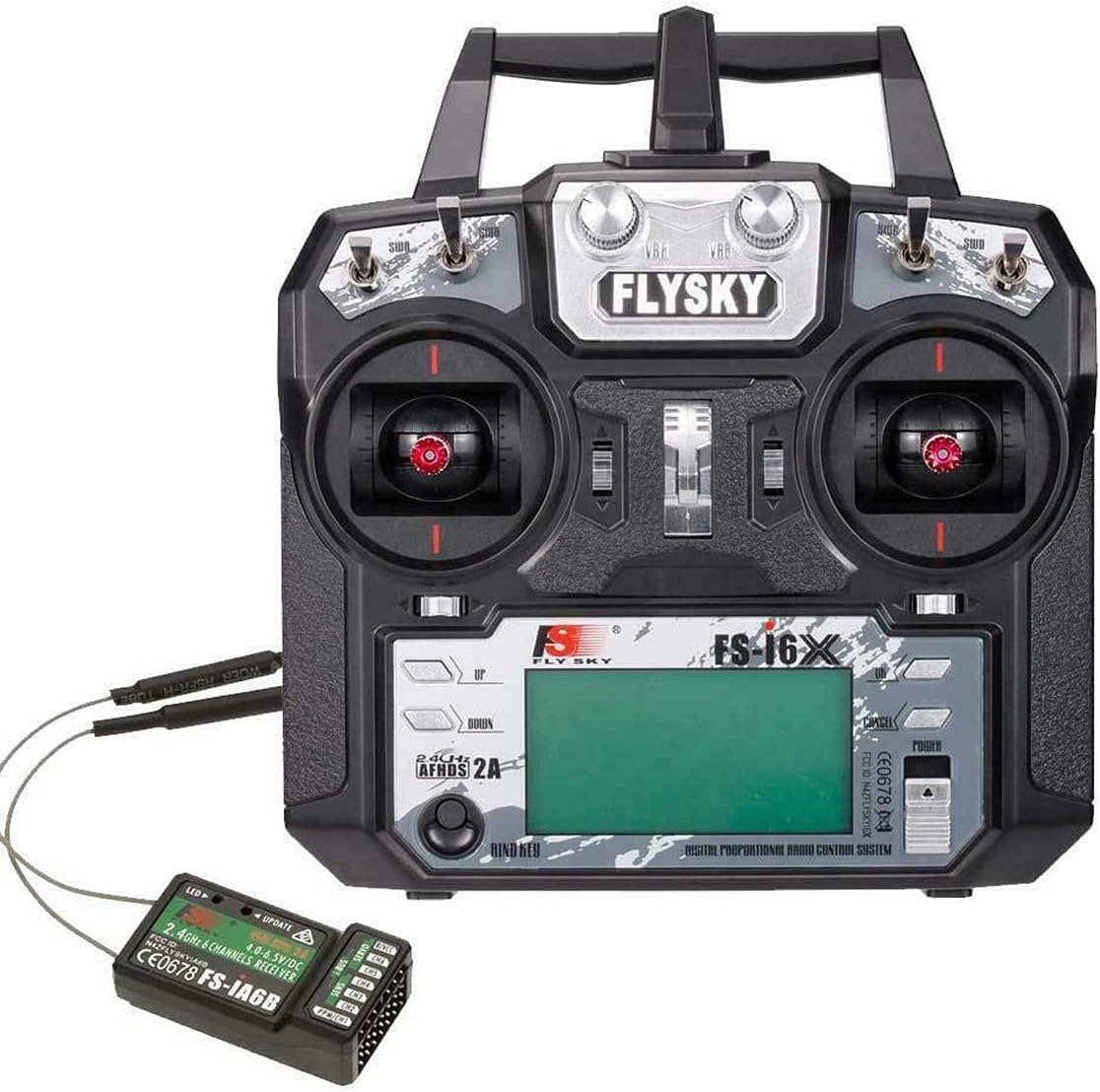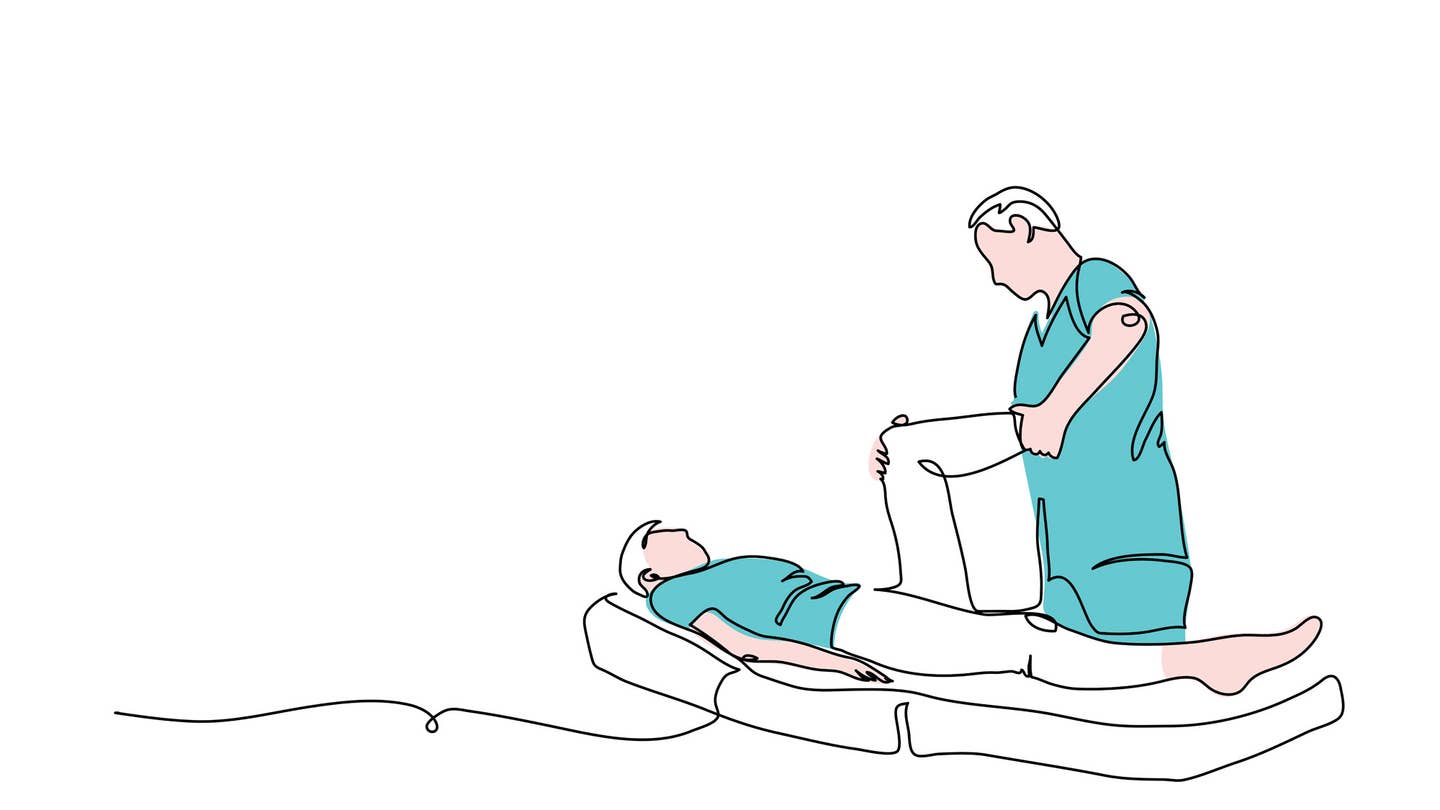You may already fly an aircraft with a turbocharged engine. If not, and you plan on expanding your aviation horizons, there may be a turbocharger in your future. A turbocharged engine can maintain sea level manifold pressure up to critical altitude. When equipped with an automatic density controller, nearly constant horsepower will be automatically produced up to the critical altitude. When you need an extra safety margin while operating at higher altitudes in mountainous terrain or when taking off on a hot day from a high airport, or if you want to cruise at high altitude for faster true airspeeds and increased range with fuel economy, turbocharging may be the solution. If the words "turbo" or "turbocharged" appear anywhere on the airplane, be very careful that gasoline---not jet fuel---is pumped into the tanks. Some line personnel have been known to mistakenly think that turbo and turbocharged indicate that the aircraft has a jet engine. (Read "NTSB Debriefer: Tiger Or Demon In Your Tank?" from P&P July 2008.)
 |
| Turbo 206. A DEA-operated Cessna crashed in 2004, partly because of a lack of adequate emergency procedure information in the POH. |
Naturally, you should be trained in the finer points of turbocharged engine operation in accordance with what the engine and aircraft manufacturers have to say. Problem is, the manufacturers haven't been saying enough. A few months ago, an NTSB-issued Safety Recommendation called on the FAA to complete action on something that was asked for back in 1994. Back then, the NTSB had been investigating a 1992 incident involving a Cessna T210L, which experienced a partial loss of engine power and crashed short of the runway in an attempted emergency landing at Temple Bar, Ariz. Two of the five people on board were killed. There was a problem with the engine's turbocharger, but the pilot didn't realize it; he turned on the fuel-boost pump while descending for the emergency landing, and the engine lost additional power. The airplane filled with smoke before the pilot secured the engine. The NTSB felt that pilots of turbocharged airplanes weren't being provided with enough information about the emergency procedures for identifying and dealing with turbocharger failure. Likewise, pilots lack instruction on how to minimize potential hazards for in-flight fire and loss of engine power.
In 1995, the FAA told the NTSB that it agreed with the Safety Board's intent and would ask manufacturers to voluntarily provide enhanced information, but it didn't think the issue warranted an Airworthiness Directive to force compliance.
Fast-forward to May 28, 2004, when a turbocharged Cessna T206H operated by the U.S. Drug Enforcement Agency crashed in Homer Glen, Ill. It was flying at a relatively low altitude, about 1,100 feet AGL, when the pilot reported a loss of engine power. The airplane struck trees and a garage attached to a house; the pilot, who was the only person on board, was killed. The NTSB discovered that the turbocharger had failed and the turbine wheel had seized. In looking at how the airplane's POH dealt with an in-flight turbocharger failure, investigators discovered that the emergency procedures didn't include any clear guidance or specific instructions.
The NTSB determined that the probable cause of this accident was the seized turbocharger, the altitude/clearance not being maintained during the approach to the forced landing, and the unsuitable landing area encountered by the pilot. A contributing factor was the manufacturer's inadequate emergency procedures.
The Safety Board then checked accident and maintenance data and discovered that since May 1, 1993, the FAA had received 44 service difficulty reports regarding aircraft turbocharging systems. Data also showed that since 1997, the NTSB has investigated 23 accidents involving turbocharger trouble. So, the NTSB decided, it's time to once again ask the FAA to do something. In the Safety Recommendation issued on May 13, 2008, the FAA is asked to require manufacturers of aircraft equipped with engine turbochargers to amend their POHs and airplane flight manuals to include an "Emergency Procedures" section with information regarding turbocharger failure and, specifically, procedures for minimizing hazards relating to in-flight fire and/or loss of engine power.
The FAA, for its part, offers some generic advice to pilots about dealing with turbocharger failure in its Airplane Flying Handbook, but there's no information on what to do in a real emergency like a smoke or fire condition that's linked to a turbocharger malfunction. Ironically, the FAA begins by telling pilots to follow the manufacturer's recommended procedures. The FAA advises that if an overboost condition exists (the engine is producing excessive manifold pressure), you should retard the throttle and operate the engine so as to avoid a further overboost condition. The FAA says that if you see low manifold pressure, it might be a minor problem or a major exhaust leak and you should use the lowest power setting possible and land as soon as is practicable.
Landing as soon as is practicable is exactly what the pilot of a twin-engine Piper PA31P did in a June 30, 2005, turbocharger accident. The airplane was taking off from Isbell Field in Fort Payne, Ala. Instrument meteorological conditions prevailed and the airplane was on an instrument flight plan to Gulfport, Miss. The pilot didn't find any problems during the preflight or run-up. When it was about 20 feet above the runway surface, the reading on the right engine's manifold pressure gauge dropped. The airplane then began a roll to the right. The pilot used opposite control inputs, but was unable to counteract the roll. He then pushed the yoke forward to get the plane back down on the ground. The right wing struck the surface, and the airplane cartwheeled, coming to rest on its belly. A fire then broke out; the pilot and passenger escaped with minor injuries. Examination of the right engine revealed that a turbocharger clamp was broken and a coupling was loose. The clamp was an automotive clamp, not a proper aviation clamp intended for use on the turbocharger.
The NTSB determined that the probable cause of this accident was the loss of engine power due to the failure of the aft clamp connecting the turbocharger compressor outlet to the intercooler ducting, resulting in reduced aircraft performance during takeoff.
On February 22, 2006, a Beech Baron 58P was destroyed approximately 2 nm south of Bow, Wash., when it crashed after a reported loss of engine power during the initial climb. The airplane was on an IFR flight plan in night/IMC. The commercial pilot, who was the only occupant, was fatally injured. The flight originated from Bellingham International Airport in Bellingham, Wash., and was en route to Ogden-Hinckley Airport in Ogden, Utah. Recorded ATC communications between the Seattle Air Route Traffic Control Center and the pilot indicated the pilot radioed Seattle Center that he was out at 7,800 feet. Seattle Center acknowledged and cleared the airplane to 15,000 feet. Shortly thereafter, Seattle Center received a "mayday" transmission followed by "lost an engine." Shortly after, radio and radar contact with the airplane were lost. The crash site was in a field near the intersection of two roads.
Post-accident teardown and examination of both engines occurred at the manufacturer's facility under the NTSB's supervision. Both engines sustained extensive impact damage. Disassembly and examination of the engines revealed no evidence of excessive wear or operational failure of internal engine components.
The turbochargers from both engines were examined. Extensive damage was noted to the right engine's turbocharger. Partial disassembly revealed damage to the compressor wheel and compressor-housing shroud. Foreign material was found in the compressor housing and turbocharger aftercooler; it consisted of aluminum fragments, a rivet head, a piece of brass, paint chips, rubber, gasket material and dirt. The turbocharger underwent additional examination at another facility, which revealed additional damage to the turbine/compressor input shaft and associated journals and bearings. A report showed that the shaft demonstrated signs of insufficient lubrication; the journal-bearing bores were out of round and heavily tracked from contact with the shaft. The report suggested that lack of lubricant and an imbalance caused by damage from a foreign object to the compressor wheel may have caused the contact between the shaft and bearings.
The NTSB determined that the probable cause of this accident was the pilot's failure to maintain aircraft control during the climb to cruise. Contributing factors included a loss of right-engine power following a turbocharger failure, instrument meteorological conditions and dark night conditions.
Peter Katz is editor and publisher of NTSB Reporter, an independent monthly update on aircraft accident investigations and other NTSB news. To subscribe, write to: NTSB Reporter, Subscription Dept., P.O. Box 831, White Plains, NY 10602-0831.

Subscribe to Our Newsletter
Get the latest Plane & Pilot Magazine stories delivered directly to your inbox






